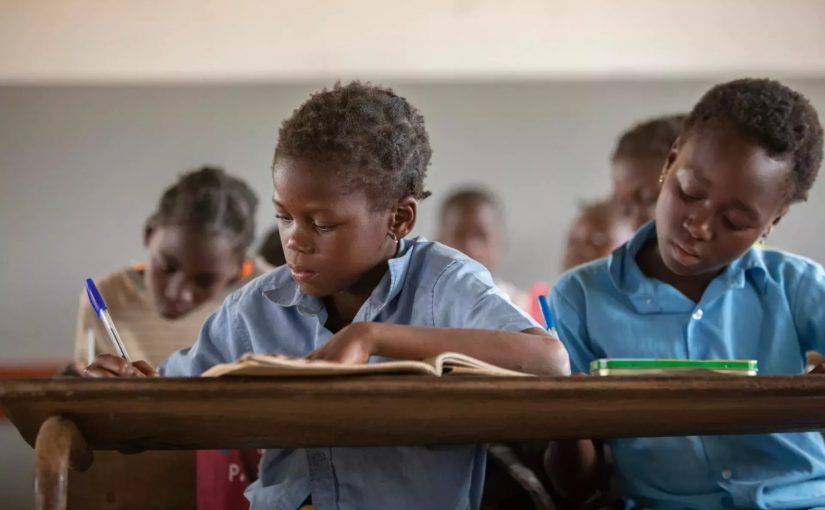Mozambique: Spain pledges support for primary health care
Research Brief: Exploring the reasons behind primary school dropout in Mozambique – UNICEF
9:01 CAT | 05 Feb 2025

FILE - Young students at work in a school in Mozambique [File photo: UNICEF/Zuniga]
- Longitudinal Assessment of School Dropout in Mozambique (2021)
Highlights
This research brief presents the results of the third round of Mozambique’s Longitudinal Assessment of School Dropout (ALDE), conducted in 2021. It investigates trends in school attendance, performance and dropouts since the previous rounds of the assessment, conducted in 2018 and 2019. The brief examines factors associated with primary school dropout between 2019 and 2021, including differences between urban and rural areas, various regions of Mozambique, and between male and female students.
Publication date: February 2025
Key messages
- There is a dropout crisis in Mozambique. Nearly 1 in 4 children who were enrolled in Grades 1 to 7 in 2018 had dropped out of school by 2021.
- Dropout rates vary significantly between the three different regions of Mozambique and between rural and urban areas. The dropout rate between 2019 and 2021 was 21.0 per cent in the north of the country, while it was 15.9 per cent in the central region, and it was lowest in the south, at 4.4 per cent. Furthermore, in urban areas, the dropout rate was 6.7 per cent, compared with 18.0 per cent in rural areas. Addressing these disparities is crucial when considering interventions and resource allocation, particularly for rural areas facing challenges such as limited resources and long distances to schools.
- While dropout rates are high, a significant proportion of students who had previously dropped out (41.8 per cent) in 2018 or 2019 had returned to school by 2021. Younger students who dropped out in the initial grades (1 to 3) had a higher return rate by 2021, especially in urban areas. Conversely, older students were less likely to return to school after dropping out. This phenomenon highlights the potential for re-engagement and the importance of monitoring and supporting returning students.
- Girls are significantly more likely to drop out than boys, and longer travel times to school are associated with higher risk of dropout. Furthermore, according to caregivers, the main reasons for dropout include lack of resources, lack of motivation and marriage (especially for girls over 15 years old). This finding indicates that a concerted effort needs to be made to support girls’ education, especially as they reach adolescence, and particularly in rural areas.
- There are a number of factors at school level which are associated with lower levels of dropouts that should be considered for policy actions. Lower dropout rates were seen in schools with higher attendance for school directors, that have school books and that provide meals at lunchtime.
- To read the full UNICEF Mozambique Policy Brief, please click HERE
Source: UNICEF / Media Release
Show comments
Also read













Leave a Reply
Be the First to Comment!
You must be logged in to post a comment.
You must be logged in to post a comment.